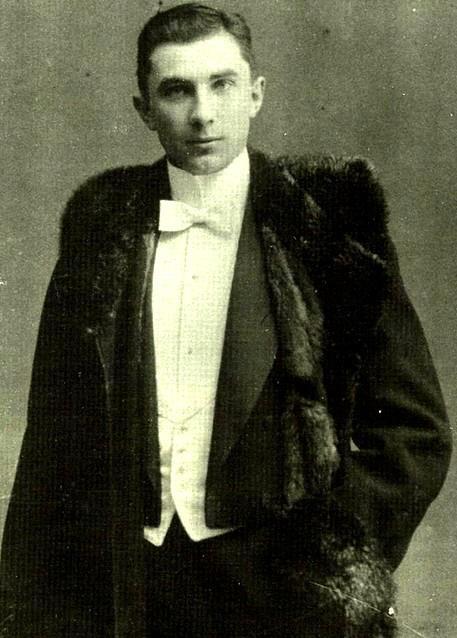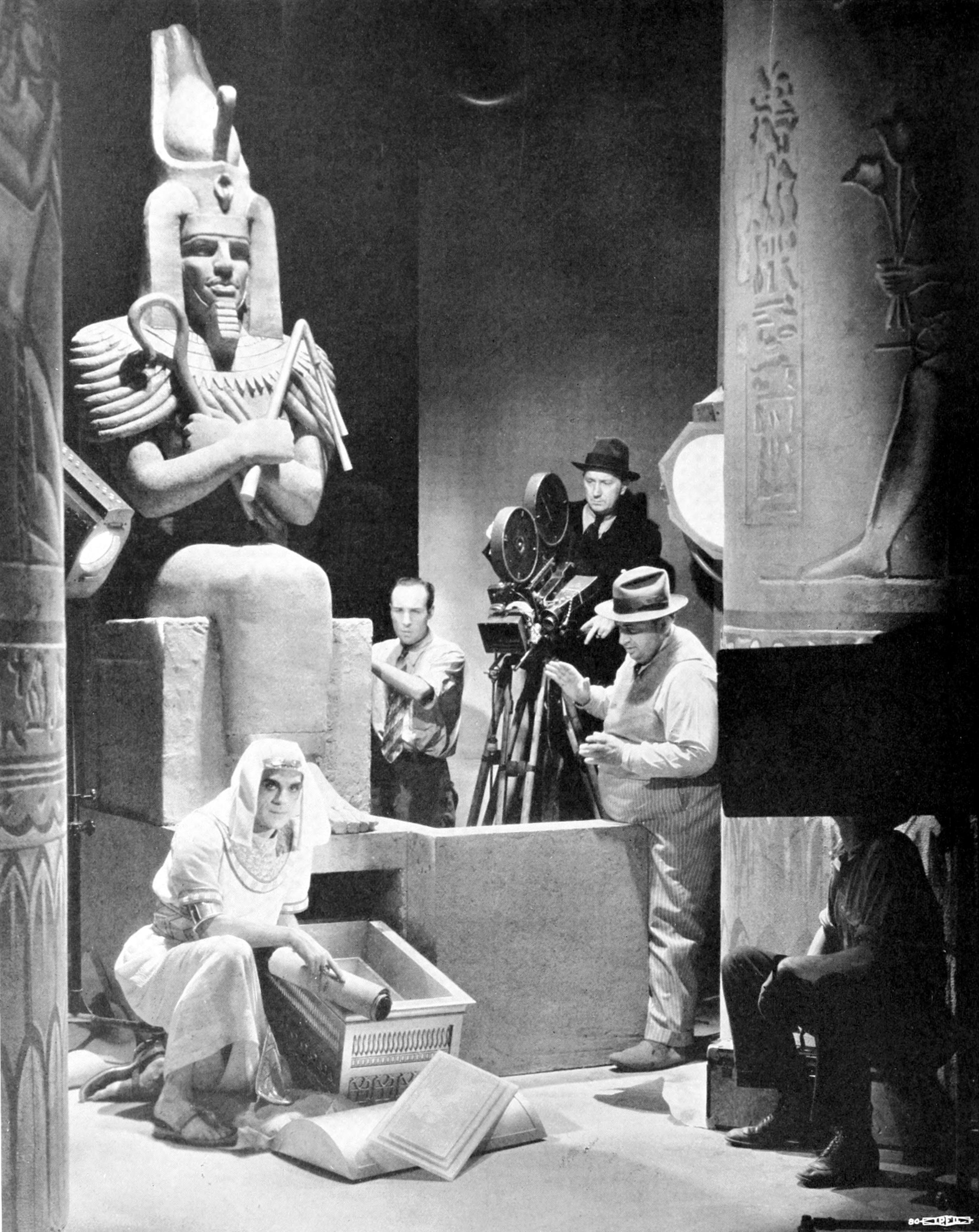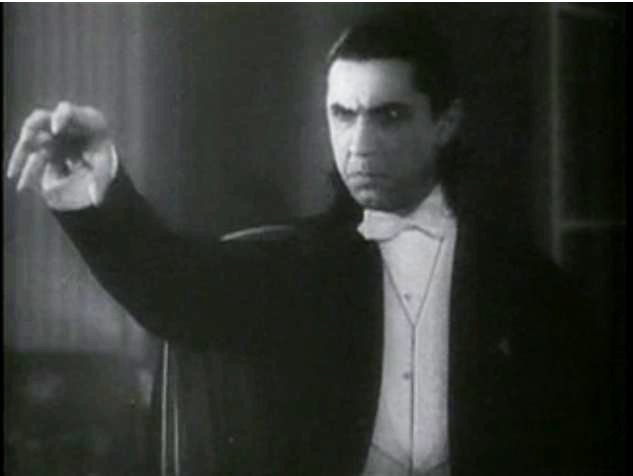|
The Woman In The Dolphin
''The Woman in the Dolphin'' (german: Die Frau im Delphin) is a 1920 silent German film directed by Artur Kiekebusch-Brenken for Gaci Film, written by Jan Gramatzki and featuring Béla Lugosi. The camerawork was handled by Karl Freund, who years later was the cinematographer on Lugosi's 1931 ''Dracula'' and Universal Pictures' classic ''The Mummy''. A still from the film exists online showing a youthful Lugosi with a very full moustache in this lead role. The film itself is lost. Cast * Emilie Sannom as Ellinor Wingord * Magnus Stifter as Gordon * Rudolf Hilberg as Fürst * Béla Lugosi as Tom Bill * Ernst Pittschau as Harold Holm * Jacques Wandryck * Max Zilzer See also * Béla Lugosi filmography Bela Lugosi (1882–1956), best known for the original screen portrayal of Bram Stoker's Dracula in 1931, was in many movies during the course of his 39-year film career. He appeared in films made in his native Hungary, Germany and New York befor ... References External links * ... [...More Info...] [...Related Items...] OR: [Wikipedia] [Google] [Baidu] |
Béla Lugosi
Béla Ferenc Dezső Blaskó (; October 20, 1882 – August 16, 1956), known professionally as Bela Lugosi (; ), was a Hungarian and American actor best remembered for portraying Count Dracula in the 1931 horror classic Dracula (1931 English-language film), ''Dracula'', Ygor in ''Son of Frankenstein'' (1939) and his roles in many other horror films from 1931 through 1956. Lugosi began acting on the Hungarian stage in 1902. After playing in 172 different productions in his native Hungary, Lugosi moved on to appearing in Hungarian silent films in 1917. He had to suddenly emigrate to Germany after Hungarian Soviet Republic, the failed Hungarian Communist Revolution of 1919 because of his former socialist activities (organizing a stage actors' union), leaving his first wife in the process. He acted in several films in Weimar Germany, before arriving in New Orleans as a seaman on a merchant ship, then making his way north to New York City and Ellis Island. In 1927, he starred as Coun ... [...More Info...] [...Related Items...] OR: [Wikipedia] [Google] [Baidu] |
Karl Freund
Karl W. Freund, A.S.C. (January 16, 1890 – May 3, 1969) was an Austrian cinematography, cinematographer and film director best known for photographing ''Metropolis (1927 film), Metropolis'' (1927), ''Dracula (1931 English-language film), Dracula'' (1931), and television's ''I Love Lucy'' (1951-1957). Freund was an innovator in the field of cinematography and is credited with the invention of the unchained camera technique. Early life Karl Freund was born in Dvůr Králové nad Labem, Dvůr Králové (Königinhof), Bohemia. When he was 11 his family moved to Berlin. His career began in 1905 when, at age 15, he was hired as an apprentice projectionist for Alfred Duskes films. In 1907, he began work at the International Cinematograph and Light Effect Society. Freund was drafted by the Imperial Army to fight in World War I but was released from duty after only three months. Early film career Freund began his film career in 1905. He was a newsreel cameraman in 1907 and a year later ... [...More Info...] [...Related Items...] OR: [Wikipedia] [Google] [Baidu] |
Silent Film
A silent film is a film with no synchronized recorded sound (or more generally, no audible dialogue). Though silent films convey narrative and emotion visually, various plot elements (such as a setting or era) or key lines of dialogue may, when necessary, be conveyed by the use of title cards. The term "silent film" is something of a misnomer, as these films were almost always accompanied by live sounds. During the silent era that existed from the mid-1890s to the late 1920s, a pianist, theater organist—or even, in large cities, a small orchestra—would often play music to accompany the films. Pianists and organists would play either from sheet music, or improvisation. Sometimes a person would even narrate the inter-title cards for the audience. Though at the time the technology to synchronize sound with the film did not exist, music was seen as an essential part of the viewing experience. "Silent film" is typically used as a historical term to describe an era of cinema pri ... [...More Info...] [...Related Items...] OR: [Wikipedia] [Google] [Baidu] |
Silent Film
A silent film is a film with no synchronized recorded sound (or more generally, no audible dialogue). Though silent films convey narrative and emotion visually, various plot elements (such as a setting or era) or key lines of dialogue may, when necessary, be conveyed by the use of title cards. The term "silent film" is something of a misnomer, as these films were almost always accompanied by live sounds. During the silent era that existed from the mid-1890s to the late 1920s, a pianist, theater organist—or even, in large cities, a small orchestra—would often play music to accompany the films. Pianists and organists would play either from sheet music, or improvisation. Sometimes a person would even narrate the inter-title cards for the audience. Though at the time the technology to synchronize sound with the film did not exist, music was seen as an essential part of the viewing experience. "Silent film" is typically used as a historical term to describe an era of cinema pri ... [...More Info...] [...Related Items...] OR: [Wikipedia] [Google] [Baidu] |
Emilie Sannom
Emilie Kirstine Valborg Sannom (29 September 1886 – 30 August 1931) was a Danish silent film actress and aerial acrobat. Throwing herself into the castle moat in Nordisk Film's ''Hamlet'' (1911), she became the first stunt woman in Danish cinema. She went on to play dangerous roles in numerous films, sometimes as the leading actress. Sannon retired from the cinema in 1923 but continued to perform on the stage, in circuses or making risky parachute jumps. In 1931, at an air show in Grenaa, some 8,000 spectators saw her fall to her death when her parachute failed to open. Biography Born on 29 September 1886 in Copenhagen, Emilie Kirstine Valborg Sannom was the daughter of the seaman Fritz Emil Sophus Sannom (1854–1935) and Johanne Kamilla Hansen (1861–1936). When she was 11 months old, the family moved to Florida. They had hoped to become rich there but returned to Denmark seven years later after unsuccessfully running an orange plantation. She and her sisters Charlotte (1884 ... [...More Info...] [...Related Items...] OR: [Wikipedia] [Google] [Baidu] |
Magnus Stifter
Magnus Stifter (23 January 1878 – 8 September 1943) was an Austrian stage and film actor. He appeared in 85 films between 1914 and 1941. He was born in Vienna, Austria-Hungary (now Austria), and died in Vienna, Austria. Selected filmography * '' The ABC of Love'' (1916) * '' Your Dearest Enemy'' (1916) * ''When the Heart Burns with Hate'' (1917) * '' Carmen'' (1918) * '' Between Two Worlds'' (1919) * '' The Woman at the Crossroads'' (1919) * '' State Attorney Jordan'' (1919) * '' Out of the Depths'' (1919) * '' Prince Cuckoo'' (1919) * '' Veritas Vincit'' (1919) * '' The Duty to Live'' (1919) * '' The Devil and the Madonna'' (1919) * '' Countess Walewska'' (1920) * '' Der Januskopf'' (1920) * '' Die Frau im Delphin'' (1920) * '' The Lady in Black'' (1920) * '' The Conspiracy in Genoa'' (1921) * '' At War in the Diamond Fields'' (1921) * '' The Handicap of Love'' (1921) * ''The Bull of Olivera'' (1921) * '' The Secret of the Mummy'' (1921) * '' The Adventuress of Monte Carl ... [...More Info...] [...Related Items...] OR: [Wikipedia] [Google] [Baidu] |
Ernst Pittschau
Ernst Pittschau (5 October 1883 – 2 June 1951) was a German stage and film actor. Biography Pittschau, whose father's name was also named Ernst Pittschau, a stage actor, received an education in business and had a brief career selling dental products. However, he then chose his father's profession and had his first theatrical engagement at the end of 1905 in Koblenz. In 1910, he appeared in New York City, and in 1911, he was a stage actor in Berlin. A year later, he took roles in the still undervalued cinema. Pittschau personified elegant lovers and was a partner of Hanni Weisse and Henny Porten, among others. In the 20s, his film roles became smaller; after that, he barely received work. He now mostly played at the Theater am Kurfürstendamm, at the Komödie and at the Tribüne. In the 1940s, he lived in poverty and had to rely on the support of the Goebbels-supported foundation for people who worked in the arts, "Künstlerdank." After World War II, the Italian direct ... [...More Info...] [...Related Items...] OR: [Wikipedia] [Google] [Baidu] |
Max Zilzer
Max Zilzer (23 November 1868, in Budapest – 1943, in Berlin) was a Hungarian-born German stage and film actor. Zilzer was Jewish and died under interrogation by the Gestapo during World War II. He was the father of actor Wolfgang Zilzer. Selected filmography * '' He This Way, She That Way'' (1915) * '' The Secret of the American Docks'' (1919) * '' The Eyes of the World'' (1920) * ''The Bull of Olivera'' (1921) * ''Debit and Credit'' (1924) * ''Cock of the Roost'' (1925) * ''Luther'' (1928) * ''Panic'' (1928) * '' Girl in the Moon'' (1929) * ''A Student's Song of Heidelberg'' (1930) * ''Raid in St. Pauli ''Raid in St. Pauli'' (German: ''Razzia in St. Pauli'') is a 1932 German drama film directed by Werner Hochbaum and starring Gina Falckenberg, Friedrich Gnaß and Wolfgang Zilzer. The film's sets were designed by the art director Willy Schiller. ...'' (1932) Bibliography * Jung, Uli & Schatzberg, Walter. ''Beyond Caligari: The Films of Robert Wiene''. Berghahn Books, 1999. ... [...More Info...] [...Related Items...] OR: [Wikipedia] [Google] [Baidu] |
Béla Lugosi Filmography
Bela Lugosi (1882–1956), best known for the original screen portrayal of Bram Stoker's Count Dracula, Dracula in 1931, was in many movies during the course of his 39-year film career. He appeared in films made in his native Hungary, Germany and New York before re-locating to Hollywood in 1928. Films are listed in order of release. (see Bela Lugosi for his biography.) 1910s This is a list of confirmed film roles Lugosi has performed in. Some films from other filmography sources have not been included here such as Star Film's ''Casanova (1918 film), Casanova'' (1918), ''Lulu (1918 film), Lulu'' (1918) and ''Lili (1917 film), Lili'' (1917), all of which had announced that Lugosi would appear in them, but Lugosi was apparently dropped from the cast before production began. 1920s 1930s 1940s 1950s Television/ Radio *''Intimate Interviews'' (1932) interviewed on radio by Dorothy West *''Hollywood on Parade No. A-8'' (1933) a 10-minute comedy skit/ short subject with Bonnie ... [...More Info...] [...Related Items...] OR: [Wikipedia] [Google] [Baidu] |
1920 Films
The year 1920 in film involved some significant events. __TOC__ Top-grossing films (U.S.) The top three films released in 1920 by U.S. gross are as follows: Events * March 28 - "America's Sweetheart" Mary Pickford and "Everybody's Hero" Douglas Fairbanks marry, becoming the first supercouple of Hollywood. * August – Jack Cohn, Joe Brandt and Harry Cohn form C. B. C. Film Sales Corporation which would later become Columbia Pictures. * November 27 – '' The Mark of Zorro'', starring Douglas Fairbanks opens. Notable films released in 1920 Austria :For a complete list see: ''List of Austrian films of the 1920s'' * ''Anita'' (aka ''Trance''), directed by Luise Kolm and Jakob Fleck; an obscure adaptation of George Du Maurier's novel ''Trilby'' *''Boccaccio'', directed by Michael Curtiz. *''The Prince and the Pauper'' directed by Alexander Korda. *'' The Scourge of God'' directed by Michael Curtiz. *''The Star of Damascus'' directed by Michael Curtiz. France :For a complete li ... [...More Info...] [...Related Items...] OR: [Wikipedia] [Google] [Baidu] |
German Black-and-white Films
German(s) may refer to: * Germany (of or related to) ** Germania (historical use) * Germans, citizens of Germany, people of German ancestry, or native speakers of the German language ** For citizens of Germany, see also German nationality law **Germanic peoples (Roman times) * German language **any of the Germanic languages * German cuisine, traditional foods of Germany People * German (given name) * German (surname) * Germán, a Spanish name Places * German (parish), Isle of Man * German, Albania, or Gërmej * German, Bulgaria * German, Iran * German, North Macedonia * German, New York, U.S. * Agios Germanos, Greece Other uses * German (mythology), a South Slavic mythological being * Germans (band), a Canadian rock band * "German" (song), a 2019 song by No Money Enterprise * ''The German'', a 2008 short film * "The Germans", an episode of ''Fawlty Towers'' * ''The German'', a nickname for Congolese rebel André Kisase Ngandu See also * Germanic (other) * Ger ... [...More Info...] [...Related Items...] OR: [Wikipedia] [Google] [Baidu] |
Films Of The Weimar Republic
A film also called a movie, motion picture, moving picture, picture, photoplay or (slang) flick is a work of visual art that simulates experiences and otherwise communicates ideas, stories, perceptions, feelings, beauty, or atmosphere through the use of moving images. These images are generally accompanied by sound and, more rarely, other sensory stimulations. The word "cinema", short for cinematography, is often used to refer to filmmaking and the film industry, and to the art form that is the result of it. Recording and transmission of film The moving images of a film are created by photographing actual scenes with a motion-picture camera, by photographing drawings or miniature models using traditional animation techniques, by means of CGI and computer animation, or by a combination of some or all of these techniques, and other visual effects. Before the introduction of digital production, series of still images were recorded on a strip of chemically sensitize ... [...More Info...] [...Related Items...] OR: [Wikipedia] [Google] [Baidu] |





